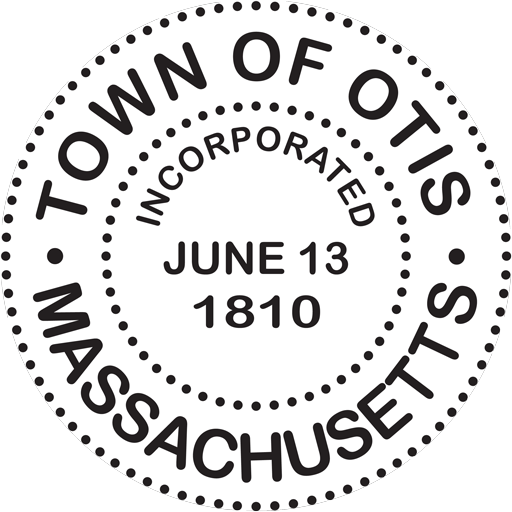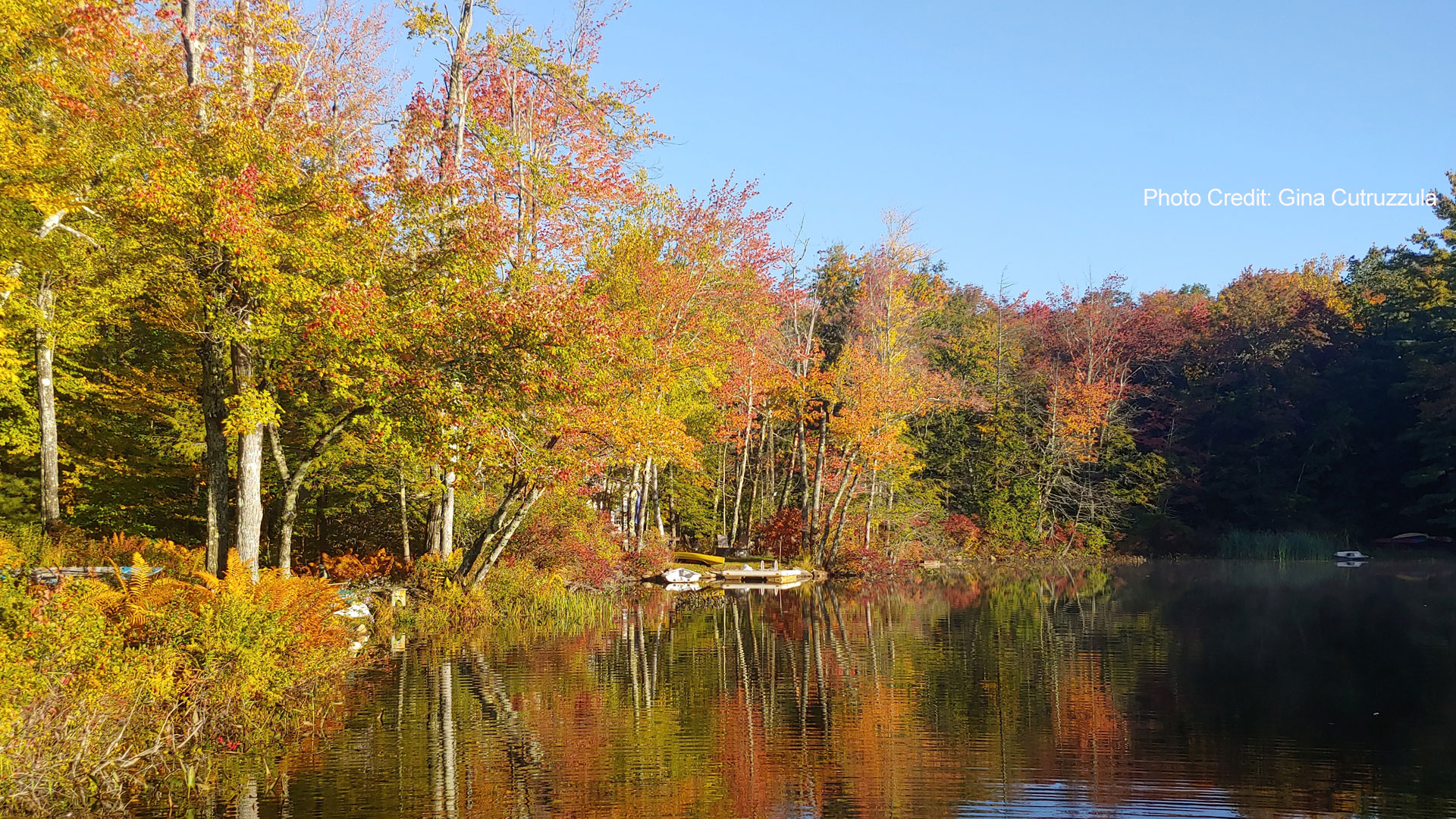Selectboard Meeting Minutes
Otis Town Hall
Conference Room
Wednesday, March 01, 2023, at 11:00 AM
This meeting will be held in person at the location provided on this notice.
Members of the public are welcome to attend.
Attendance: Larry Southard-Chair, Terry Gould, Brandi Page, Larry Gould, Joel Meyers, Gail Gelburd and Steve McAllister.
Call to Order: 11:00 AM
Work at the Former St. Paul’s Building: The purpose of the meeting was for Larry Gould to update the team about the findings from the pesticide companies and to discuss the implications and most favorable way to proceed. At a prior meeting with the team it was decided we would move forward with the extermination work for the powder post beetle infestation right away and break it apart from the stabilization RFP being put together. Brandi pulled a list of extermination companies from the state bid and sent an IFQ out to all that work in our area. We had two companies that came out to the building and met with Larry Gould to give us a quote. Braman and Burgess Pest Companies both came on site to look at the infestation and conditions. Both companies were surprised at the extent of the infestation. Burgess only felt they could give us a quote for the crawl space at this time. Braman was not able to give us a quote but took information back to their company for further thought. Larry was put in touch with the entomologist that is the lead for Nysis Corp. that manufactures Borate the chemical they use to treat for powder post beetles.
Through the exchange of information we were advised there are three ways to treat and prevent further beetle activity. One is the Borate which must be applied to unfinished surfaces so it can then soak into the wood and kill the beetles. The challenge with our property is that almost all of our wood surfaces have the historic finish intact. This includes floorboards, pews, and the faux beam jacket boards. In order to treat with the Borate the finish would have to be entirely stripped from these surfaces. Both from a logistic standpoint, and a historic one, this is not a favorable option. Second, not typically done in this area, buildings are entirely tarped and pressurized for 48 hours with a liquefied gas (Vikane). A representative from Western Fumigation from PA came out and met with Larry to look at the building. This included a team of employees that are on site for the entire process to maintain appropriate pressure. There are several concerns with this option. First is that this kills all the adult beetles but possibly not all the eggs. Secondly, there are challenges with being able to achieve proper ventilation afterwards. The gas is left to dissipate after the tarps are removed. The EPA says it leaves no residue. We would have to consider abutter notification and the appropriate training and equipment for our fire department and first responders if there was an emergency. Terry was opposed to putting any of our first responders in that position. The third part that is extremely important regardless of which measure is taken is to control the humidity in the building. The beetles cannot survive with humidity below 20%. The majority of the moisture comes up into the crawl space from the ground and creates an ideal environment for the beetles. The pest companies were very surprised to see activity even in the winter months. Moisture meters were not able to read the moisture in some areas as it was beyond what the meter accounts for. Moisture control means electricity and an HVAC system in the building. This was not something that was included in the initial plan for the restoration. The Historic Commission had planned a three-season building with possible bathroom facilities at a later phase. This significantly changes the budget and timeline for the proposed restoration work. Larry Gould stressed the importance of adapting the scope of work for the foundation to include excavation of an area in the crawl space and the addition of a vapor barrier. This will also increase access for the needed footings and pier replacement.
The fumigation option was quoted at not less than $41,278. Larry Southard and Terry both had significant concerns moving forward with this option. There was a lot of discussion on the real and perceived environmental threat associated with the tenting and chemical gas. Public opposition to the work would be hard to anticipate and the Board wasn’t comfortable putting the Town in that position. It was decided by the group that the humidity control needed to take priority. Steve is going to edit the scope and drawings to incorporate the electricity, HVAC and moisture barrier. In the meantime we will do some water tests on the historic finishes and try to determine if there is any absorption without having to strip the finishes. Steve will work on the amended RFP and look into the energy code ramifications. Steve is also going to follow up with John Watne the structural engineer. Clark and Greene will need to submit a new proposal for the additional design work.
Adjournment: Meeting adjourned at 12:33 PM.

